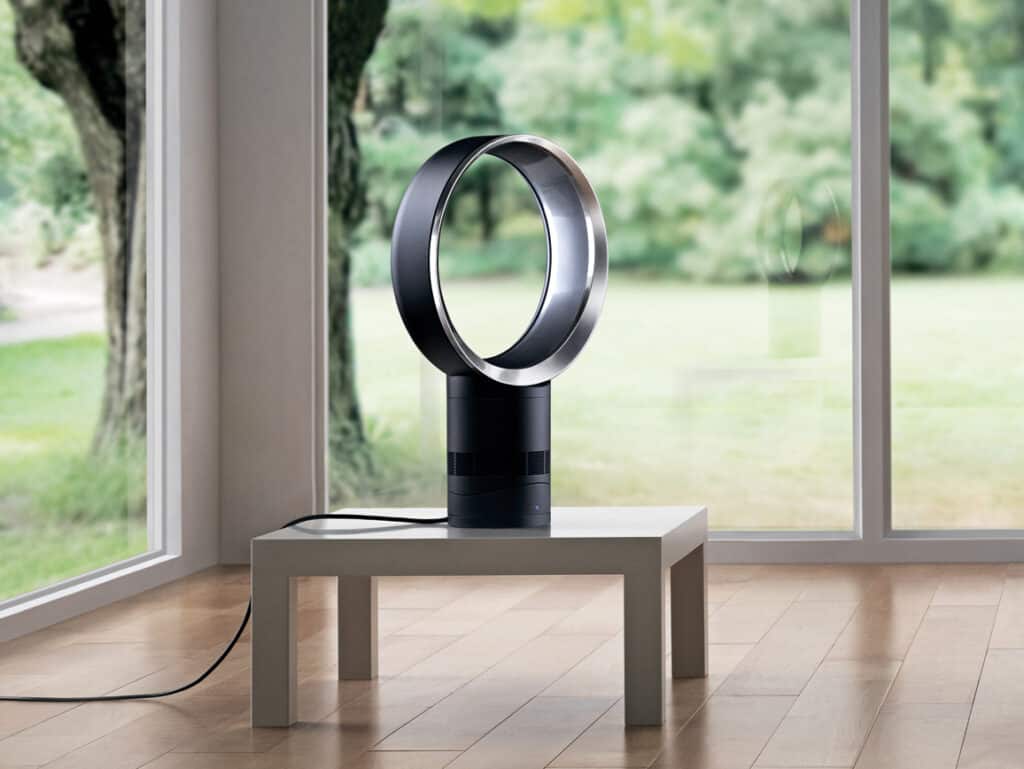Bladeless fans spread to the consumer market and became popular as Air Multiplier. The new device was launched in October 2009 by James Dyson’s consumer electronics company, known for its vacuum cleaners.
The Dyson Air Multiplier was a fan with an unusual feature: no visible blades. It was actually just a round tube mounted on a base. This was the first commercial fan without blades. Here it is in the picture below – shown at IFA Berlin in 2010:
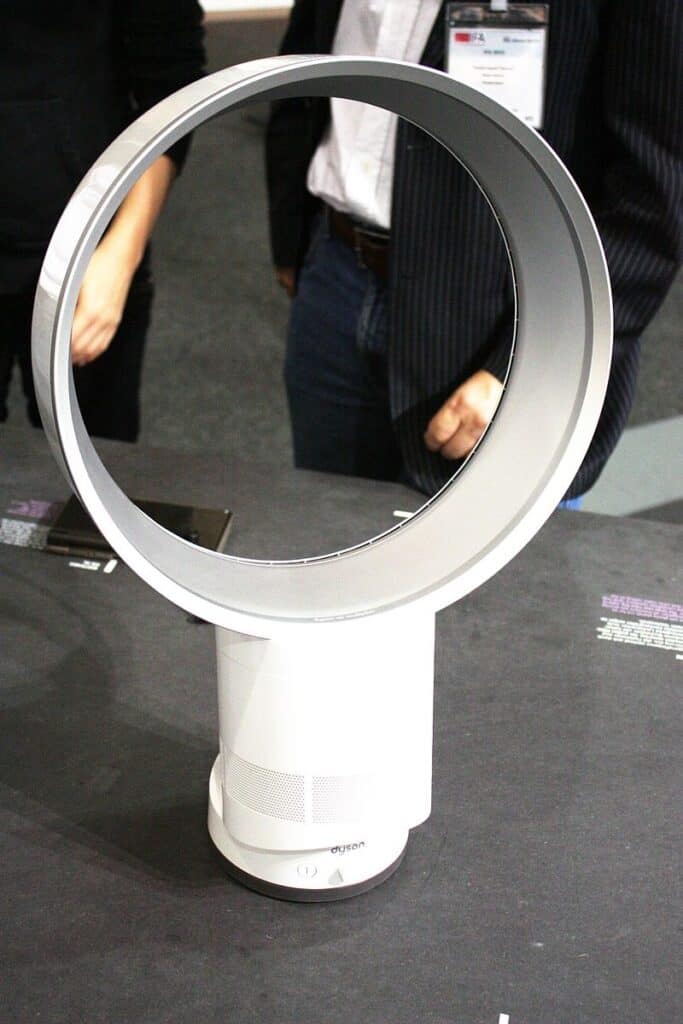
Dyson has since expanded its family of air-handling products, which use the same blade-less fan technology and now offer air purification capabilities. Some of them also function as humidifiers for dry rooms, and some work as both heaters and fans that move air.
What is a bladeless fan?
A bladeless fan is a fan that blows air through air ducts without visible blades. As you can see in the picture above, the first bladeless fans were desktop fans – designed for use placed on a surface.
The blades were hidden in the base. They directed the collected airflow through a torus and blew a thin, uniform stream of air at high velocity from a continuous slot across the surface of the tube or torus.
Bladeless technology is safe because no one can touch the blades, which are hidden inside the body, and no one can be injured by touching them. For this reason, the bladeless fan technology has been applied to other types of fans such as neck fans.
Neck fans are usually worn around the neck, and if you have long hair, it can wrap around the blades. For this reason, bladeless fans are also suitable for people with long hair and children. You don’t have to worry about that if you have a fade haircut.
Who created the concept?
The bladeless concept was developed by Toshiba in 1981 – 28 years before it was popularized by industrial designer James Dyson, who used the technology in a consumer fan unveiled in 2009 and called it the Air Multiplier.
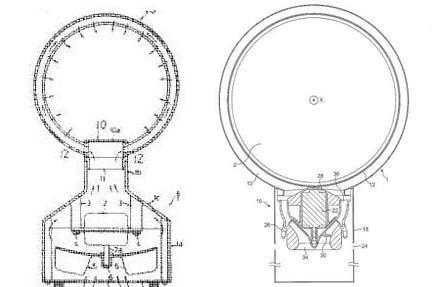
As you can see – they look quite similar. When Dyson first filed their application in 2008 for a worldwide patent, the IPO ruled that its initial design was too similar to the Japanese invention. The Dyson version “cannot be considered novel or cannot be considered to involve an inventive step”, the initial ruling from the IPO suggested.
Patents expire after 20 years, but even after that, they cannot be filed by another person or company unless they have been modified or improved. Patent attorneys said it was quite normal for companies to submit patents and for the IPO to discover similar inventions when they undertook its “search”, a due diligence process the authorities always do before granting patents.
Russell Barton, partner at law firm Withers Rogers, said: “The majority of inventions do take old technology and improve on them. But you do need to demonstrate novelty to be granted a patent.” So, Dyson re-submitted their application a year later, in 2009, with some changes – the Coanda surface.
The Coanda surface was highlighted as a key design feature of the Air Multiplier. This is the airfoil ramp over which the air is forced out of the ring of the fan. Because of the angle of the Coanda surface, the air draws the ambient air into the air stream, creating a steady and powerful blast of air for each office worker using the fan.
Gill Smith, the head of Dyson’s patent department, said: “We wouldn’t dream of denying that the Japanese arrangement and our fan look very similar. The difference is all in the technology. We’ve spent many years developing the Coanda surface. The Japanese version does not have this feature.”
She said that she “absolutely expected” Dyson to be granted a patent for its Air Multiplier. The most recent patent application has not fallen into the “not novel” category that the initial application suffered from.
What is the difference between a bladed and a bladeless fan?
A well-known conventional fan sucks in air and chops it up, with each blade sending a slice of air in your direction at high speed, creating a turbulent and powerful airflow. You can see it in the video below:
While the Air Multiplier works quite differently. Air is drawn in through small openings – air inlets in the base of the fan. A small, brushless motor pushes the air through asymmetrically oriented blades – a so-called mixed-flow impeller – which increases pressure and airflow.
You can see how Sir James Dyson explains the technology behind his latest innovative invention, the bladeless fan. Also, Dyson explains his backing of the Tories in this video:
Why are bladeless fans so good?
Bladeless fans have the following advantages:
- Bladeless fans are easier to clean than simple pedestal fans because they do not have grills or blades that collect dust.
- Bladeless fans do not have rapidly spinning blades that can injure small hands.
- Bladeless fans have additional features like remote controls for adjusting airflow and a sleep timer.
- Some models have a heating function for winter use.
- Some bladeless fans have an air purification function.
- Bladeless fans look cool, if that’s important to you, and the brand is known for investing a lot in developing new prototypes and perfecting their designs.
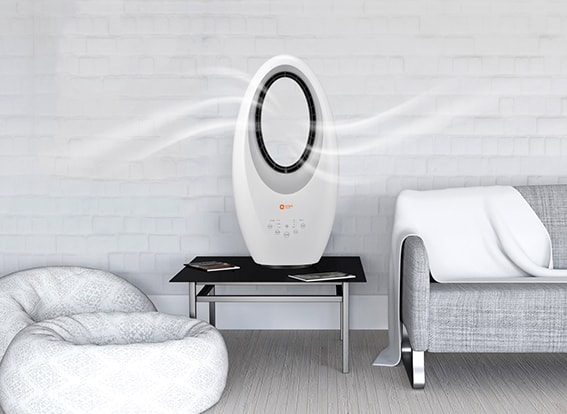
Are bladeless fans more powerful?
Bladeless fans are powerful – due to the multiplying technology, the outflowing airflow provides much better cooling. A bladeless fan has many advantages over conventional fans. Since it has no external blades, it is safer than a conventional ceiling or table fan because there is no danger of cutting yourself with it.
Do bladeless fans make noise?
Bladeless fans operate quietly,, and this is one of their major advantages. Even the highest-quality fans emit some noise due to air velocity. In general, fans are quieter at the lowest setting than at maximum power.
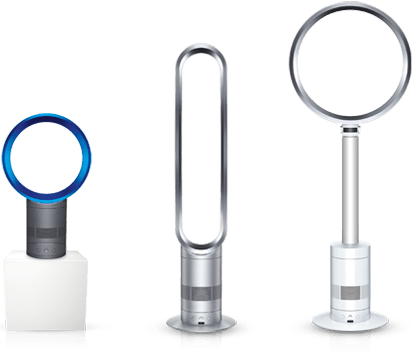
Does bladeless fan need cleaning?
All you need to do is unplug it and wipe the inside and outside of the loop with a dry or damp cloth. There is no need to use detergents or polishes.
Do bladeless fans really cool?
In general, bladeless fans do not cool the air because they do not have an air conditioning function. They circulate the air in the room, which creates a cooling sensation but does not change the temperature of the room.
There are bladeless portable air conditioners – that can cool or heat air – worn around the neck:
Do bladeless fans work?
Bladeless fans really work and provide a powerful airflow because the multiply it to provide much better cooling. A bladeless fan has many advantages over conventional fans. Since it has no external blades, it is safer than a traditional ceiling or table fan, as there is no risk of cutting yourself on it.
